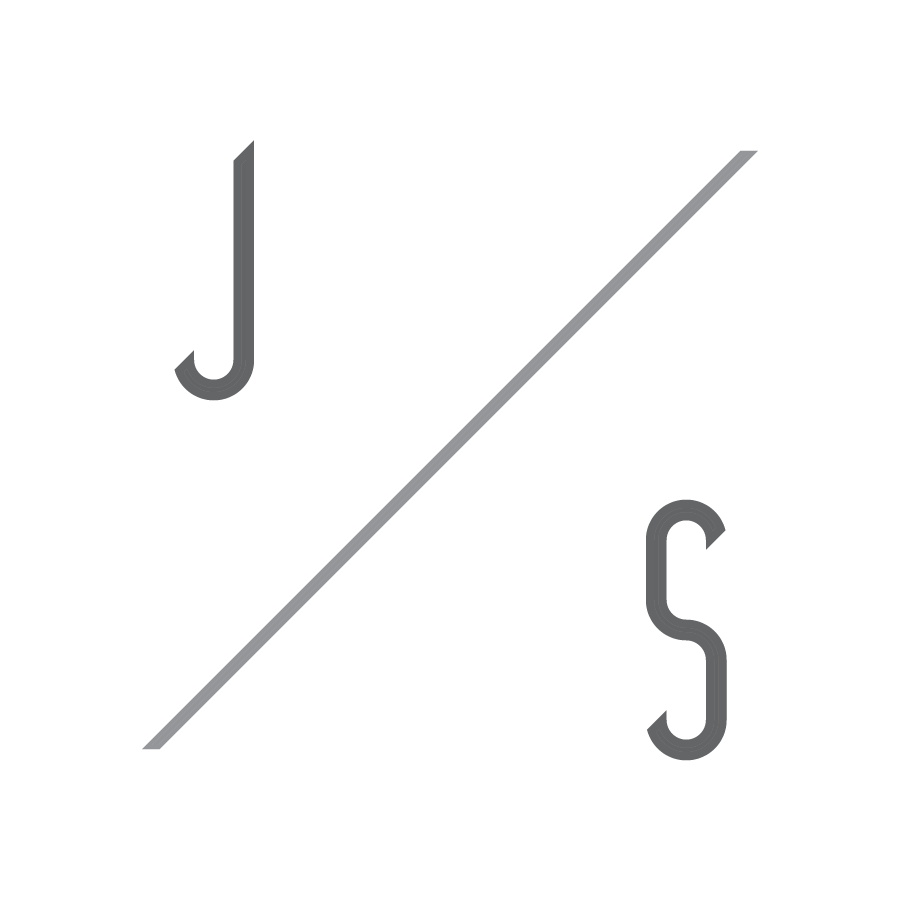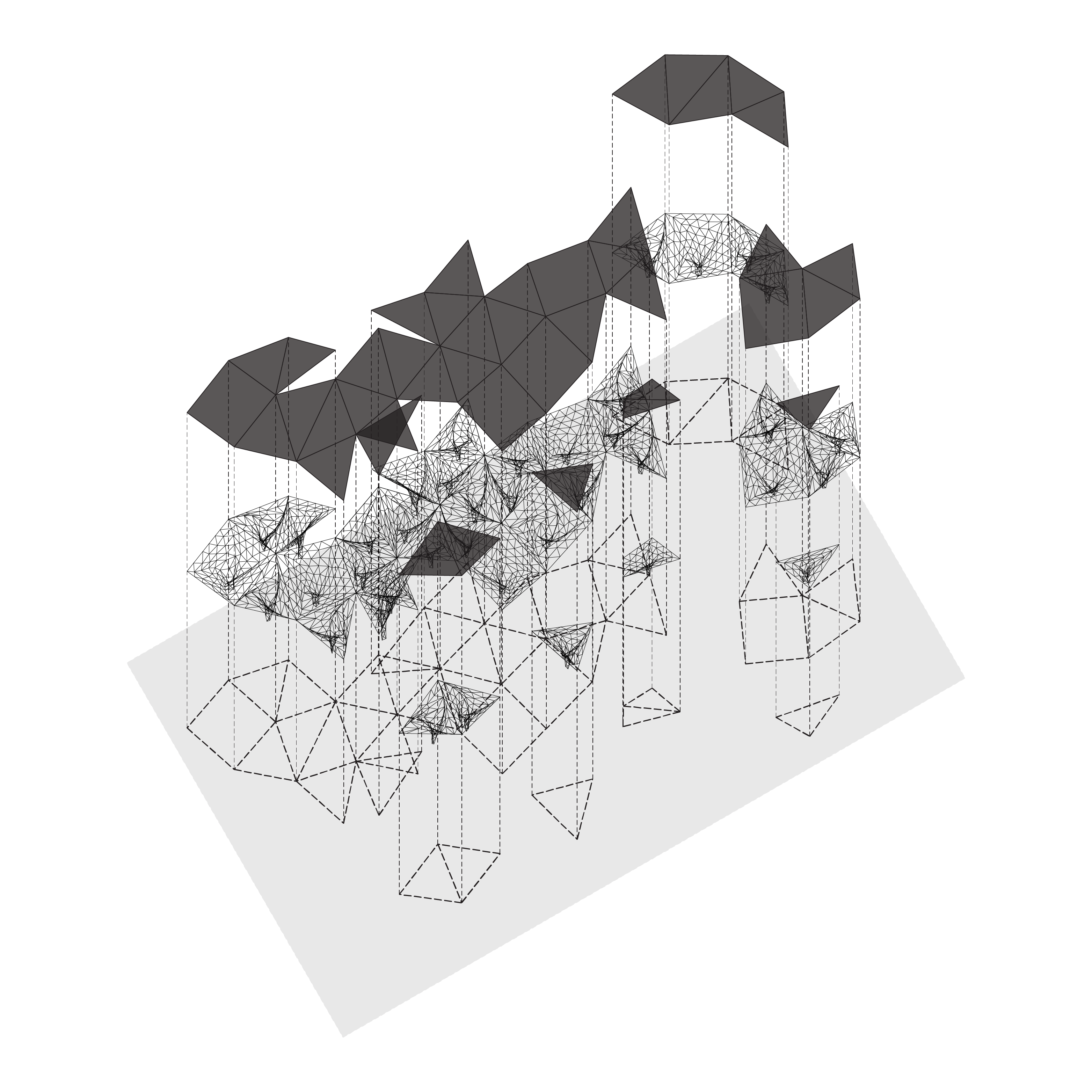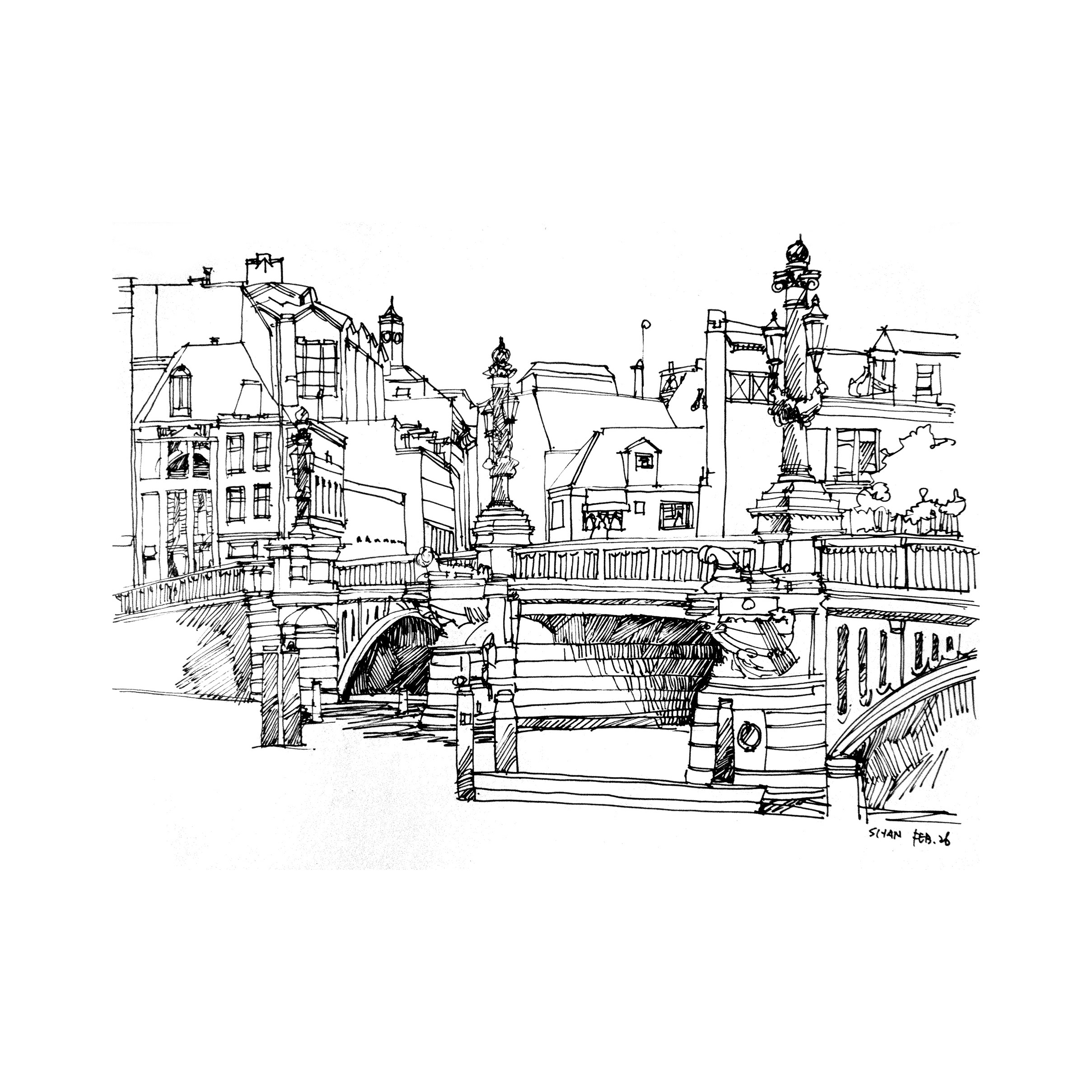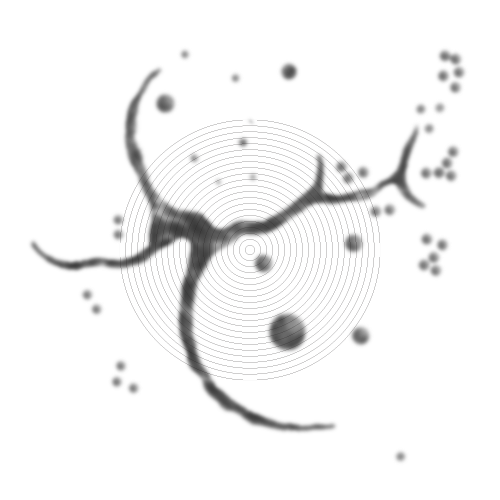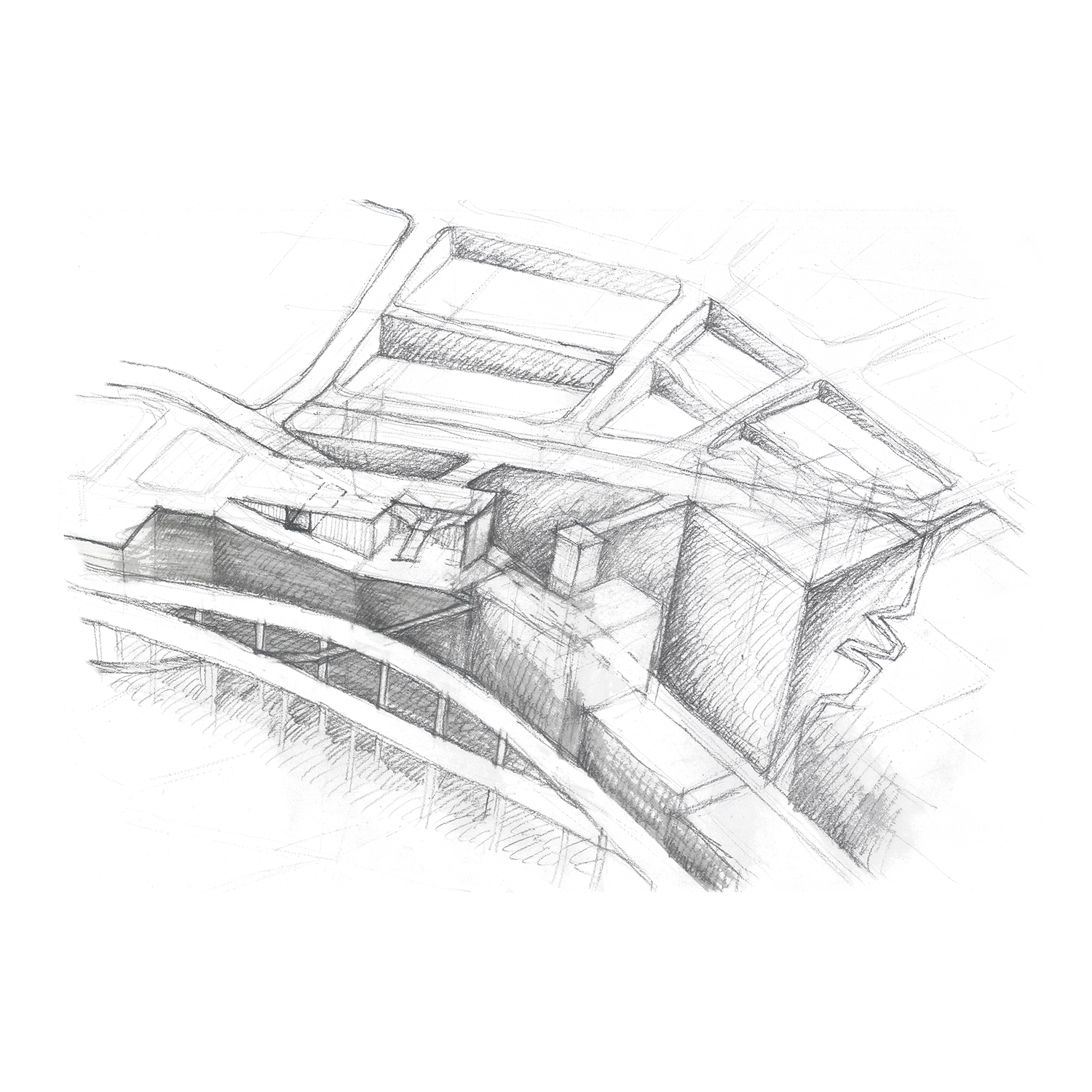University of Washington - College of Built Environment, Puget Sound Sage
Capstone Project
Advisors: Nancy Rottle, Brian Gerich
Year: 2017 - 2018
Collaborators: Aaron Parker, Sujing Sun
Collaborative Visioning for a Climate Resilient Cultural Hub:
A Holistic Approach to Climate Justice in South Seattle
South Seattle communities are highly vulnerable to displacement. Rainier Valley, particularly, has been recognized as one of the most diverse and dynamic neighborhoods, not only in Pacific Northwest but also across the entire United States. For decades, it has been classified as “truly disadvantaged,” “stable low income.” There is also a lack of support for climate resilience development as well as housing security for this community. Encroaching urban core expansion is threatening to divide cultural cohesion through economic pressures, and community resources lack the capacity to develop both environmental and socially just infrastructure.
A light rail station at South Graham Street, which was part of the Seattle transportation levy passed by voters in fall of 2015, became part of the ‘Sound Transit 3’ expansion planned for completion by 2031. Ever since the development of Link Light Rail got carried on the Martin Luther King Jr. Way (MLK), which the Valley is centered on, new businesses have been sprouting along the MLK. The infill South Graham Street station is an excellent opportunity for the Rainier Valley community regarding not only a necessary asset for the economic increase but also an opportunity for climate and social justice.
A local non-profit organization - Puget Sound Sage - has been working with community members to workshop ideal visions for the light rail development through community-led equitable Transit-Oriented Development (TOD) planning. Puget Sound Sage combines research, innovative public policy, and organizing to ensure all people have an affordable place to live, a good job, a clean environment, and access to public transportation. Through the community participation process, community members in the Rainier Valley have expressed their desires for new development to improve access to healthy food, well-connected transit, and diverse cultural hubs. An emphasis to these equitable developments is place on fighting displacement during the inevitable gentrification process. The goal is that investment in and along public transit corridors should benefit the people already living there. Equitable TOD tackles the threat of displacement head-on by addressing structural challenges, which place low-income people and communities of color at higher risk of being forced out.
Community Process
comprehensive framework
toolkit/typology - civic health
toolkit/typology - green infrastructure
toolkit/typology - pedestrian mobility
toolkit/typology - food access
activity - participatory public space design
activity - participatory streetscape design
activity - ideal density
